221 CD / The Welte Mignon Mystery Vol. XXII. Alfred Reisenauer
Description
Franz Liszt soll von seinem Schüler Reisenauer gesagt haben, sein Stil sei dem eigenen sehr ähnlich, „doch ohne ihn nachzuahmen“ (aus dem Beiheft-Text der CD). Reisenauer wurde 1863 in Königsberg geboren und starb 1907 in einem Hotel in Lettland. Passend zur historischen Aufführungspraxis, die mittlerweile längst in die Romantik vorgedrungen ist, bietet auch diese Folge wieder viele originale Eindrücke, wie man damals im 19. Jahrhundert wirklich gespielt hat. Mit Aufzeichnungen lange, bevor die Aufnahmetechnik laufen lernte.
3 reviews for 221 CD / The Welte Mignon Mystery Vol. XXII. Alfred Reisenauer
You must be logged in to post a review.

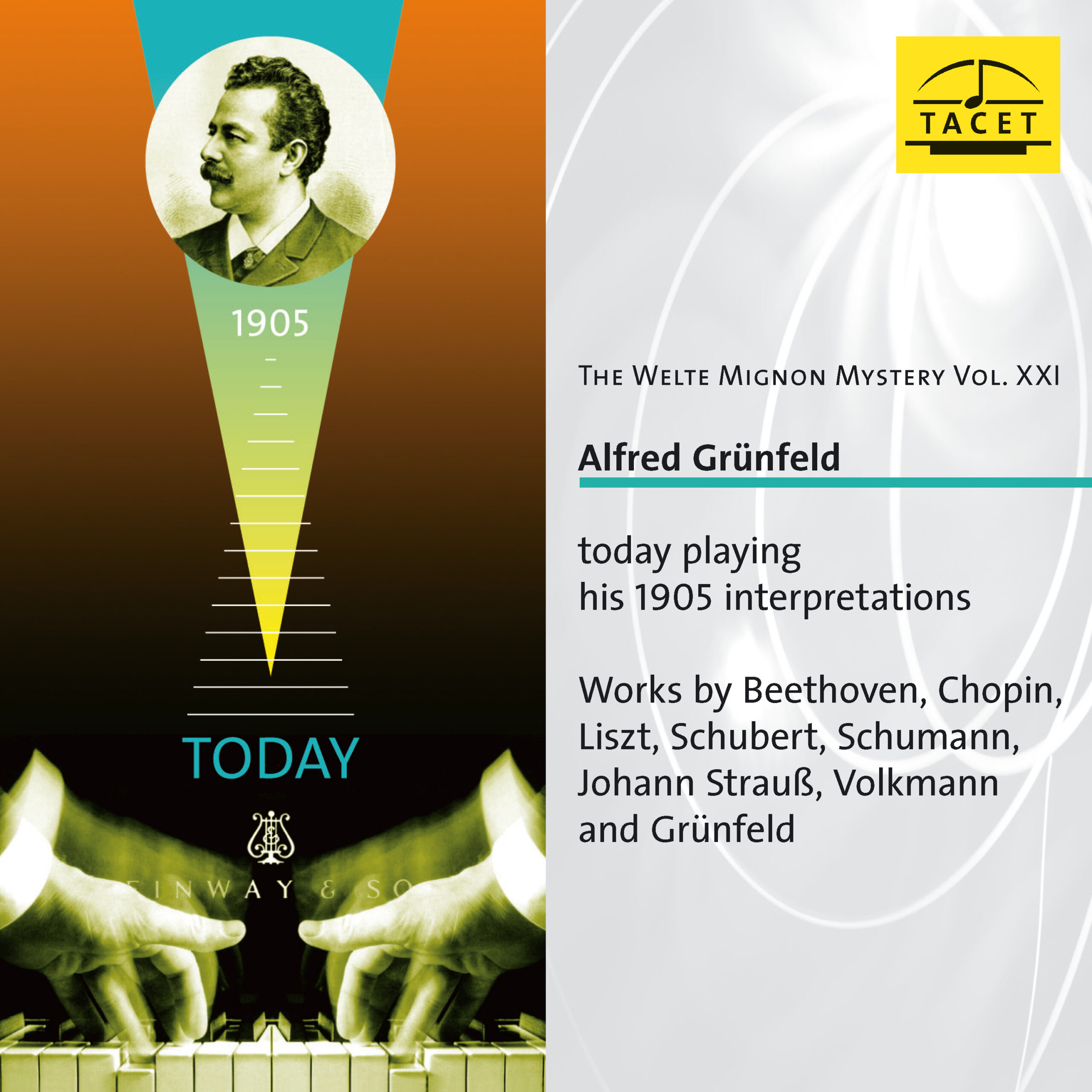
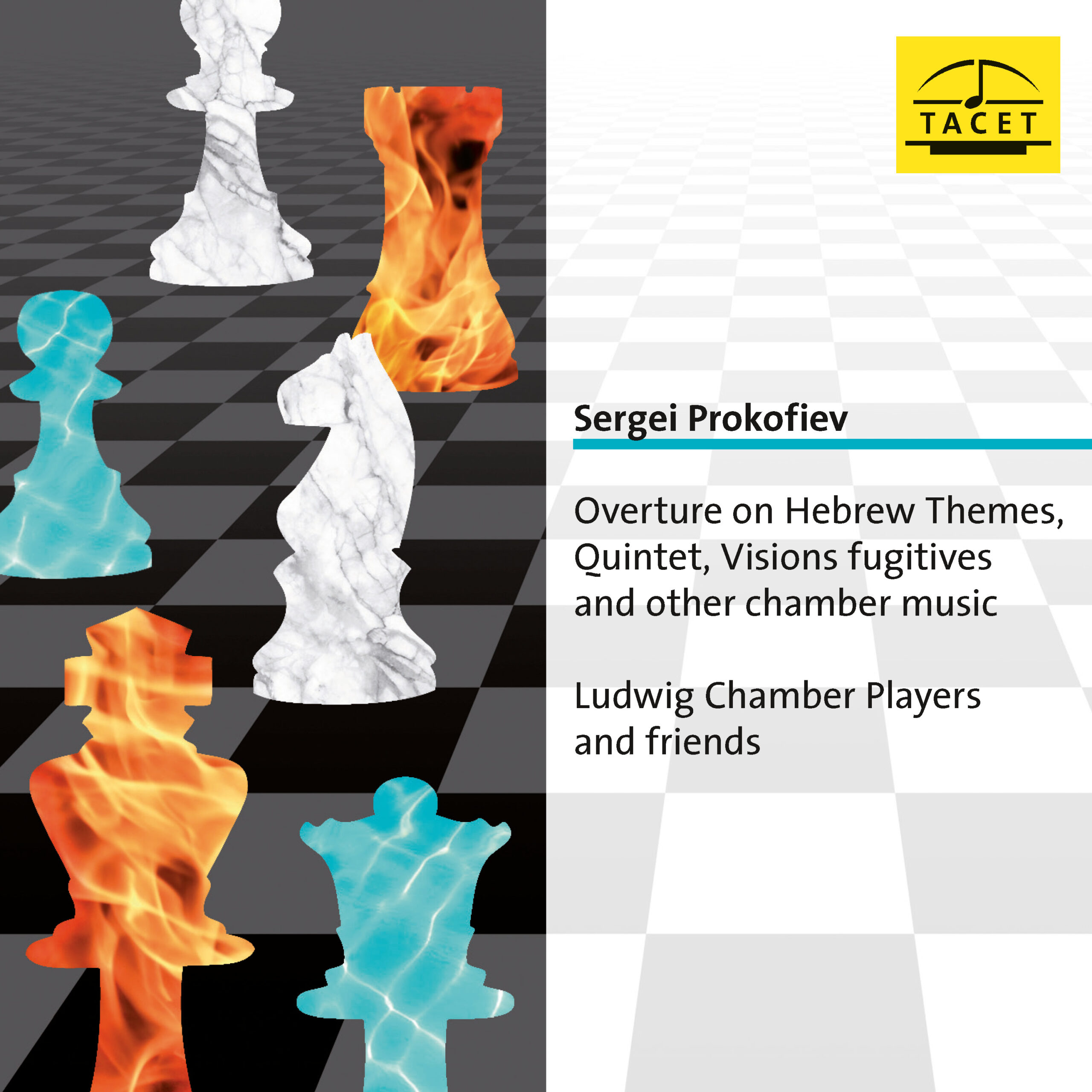
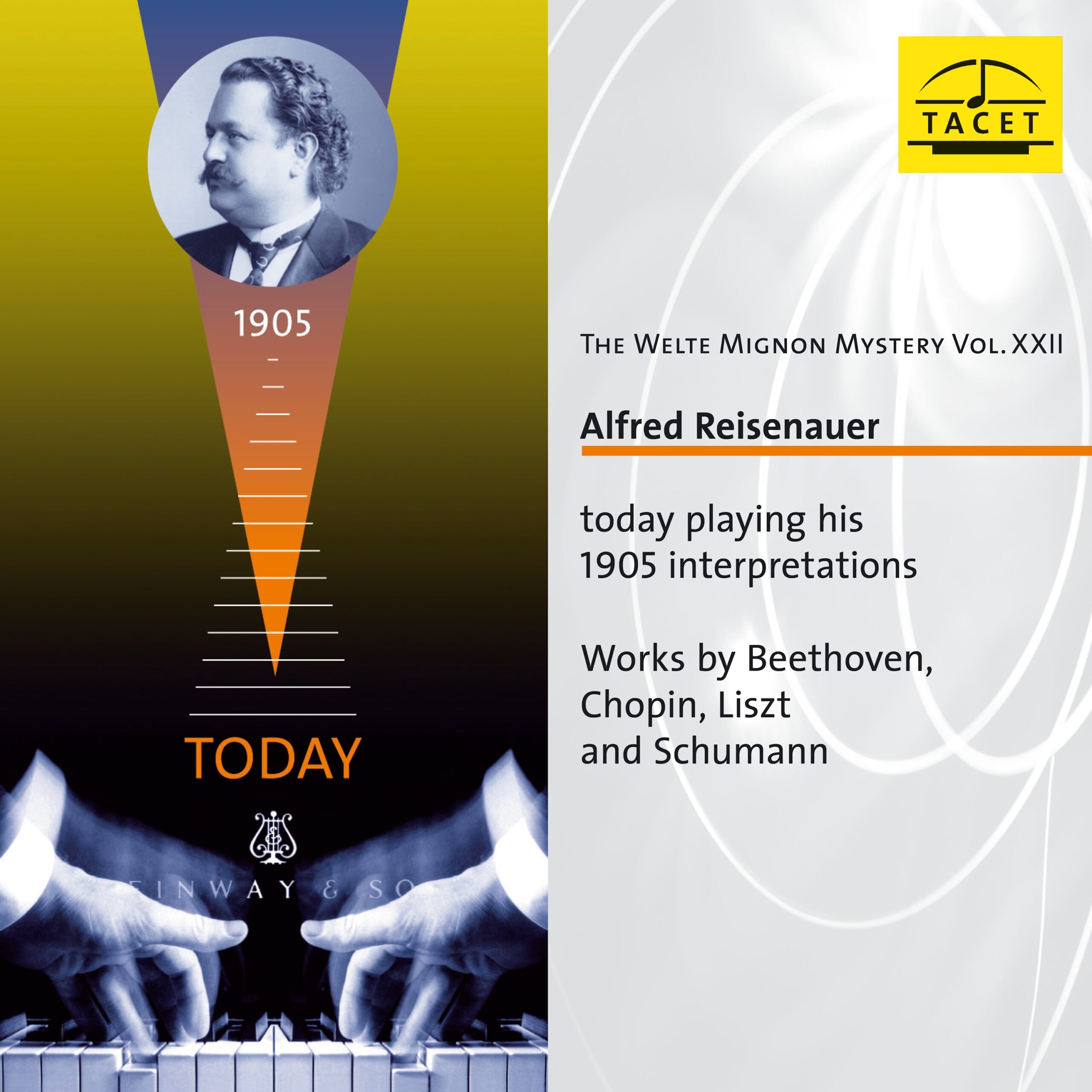
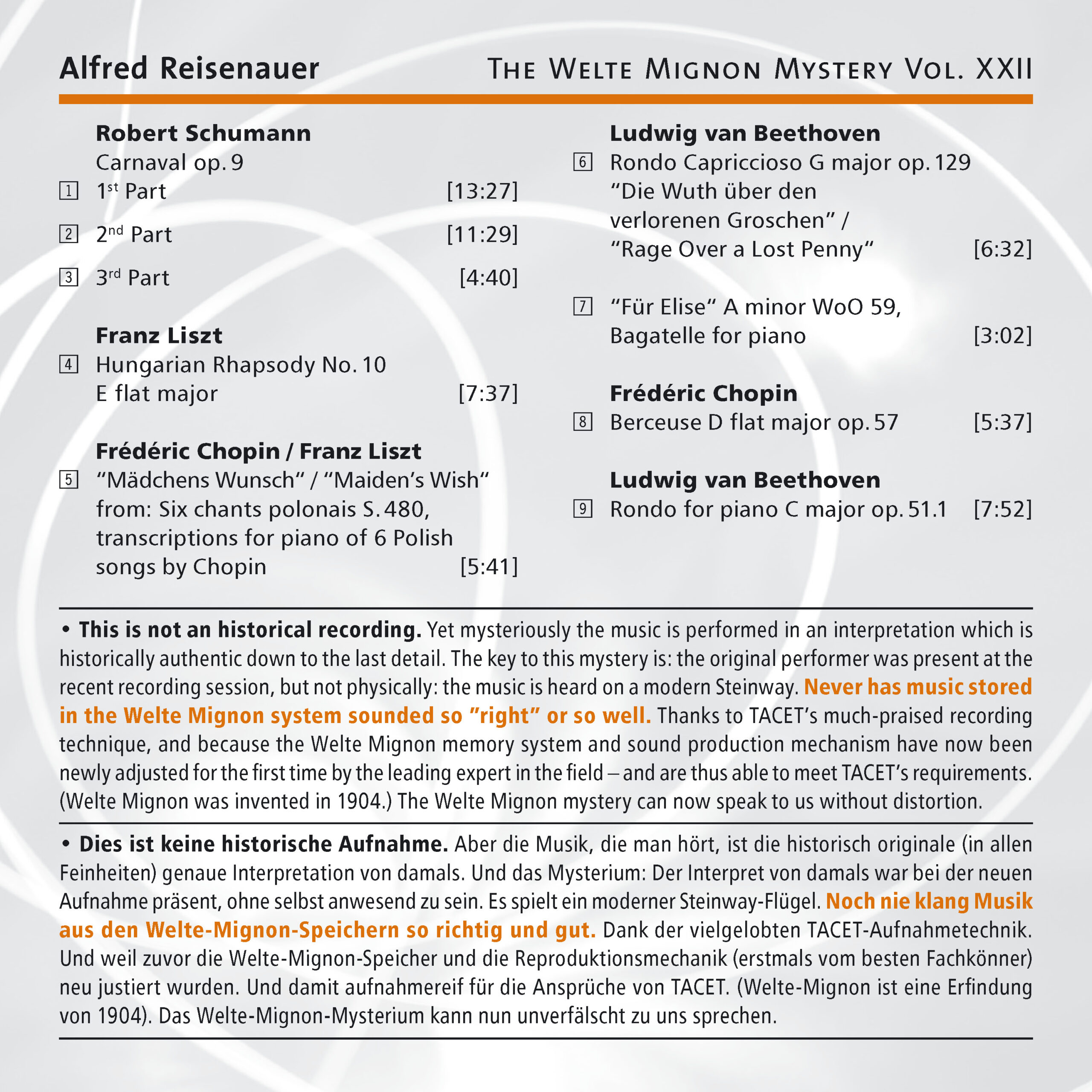
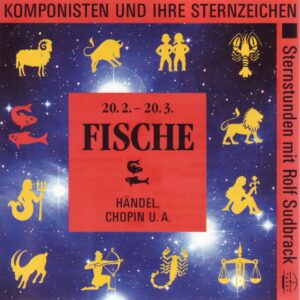
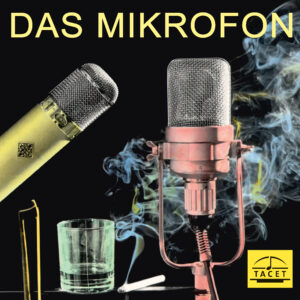
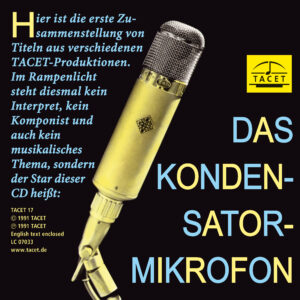
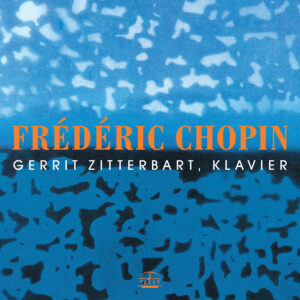
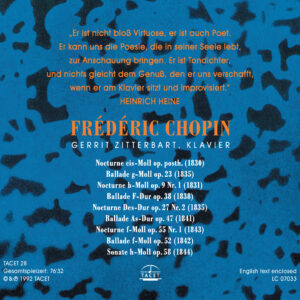
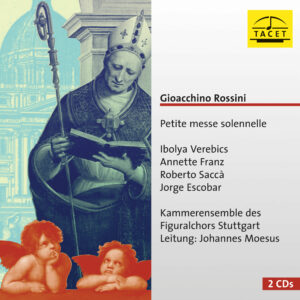
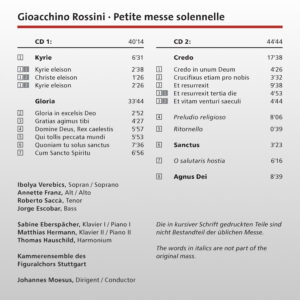
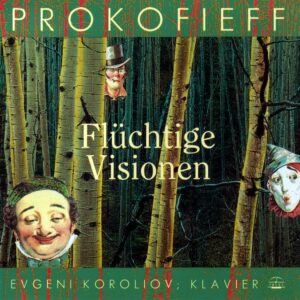
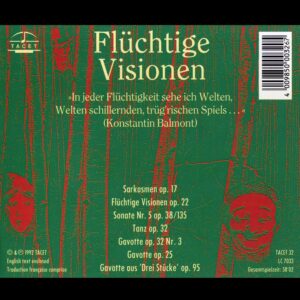
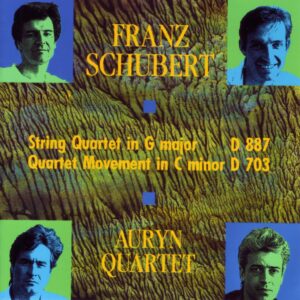
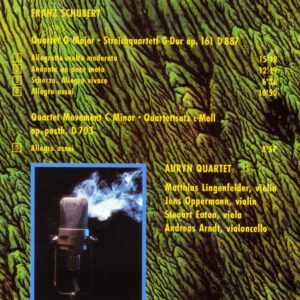
klassik.com –
–> zur Original-Kritik
These over a hundred years old recordings provide us with a glimpse of the pianistic skills of the 19th century. This CD doesn't need to shy away from comparison with current recordings.
Klassik heute –
--> original review
At the beginning of the 20th century, the idea of today's common total reproducibility of music would likely have seemed one of the most absurd fantasies. However, the desire to be able to play a piece of music repeatedly beyond the ephemeral concert experience already existed. The effort to construct and operate the Welte Mignon must have been gigantic – it was a voluminous apparatus set up in place of the player on a piano or grand piano. Alternatively, a complex technology that was built directly into a grand piano, where small levers, controlled by the ghostly hand of complex pneumatics and mechanics, took on the role of the pianist. The Welte Mignon was "fed" with paper rolls containing precise information about key presses in the form of perforations. These, in turn, were played in real-time by a pianist. In principle, this automation of piano playing is an early form of "music digitization." The Tacet label is dedicated to this remarkable chapter in music reproduction and, on a new CD, brings a historical player from an imaginary time machine into the present: Alfred Reisenauer (1863-1907) was a student of Liszt and a celebrated virtuoso in the first decades of the 20th century. He is one of the few international artists whose concert tours extended to the Asian continent. In 1905, he recorded a lot of repertoire for the Welte-Mignon in extensive recording sessions. Now, his performance is heard through such an apparatus on a modern Steinway grand piano.
And thus, the usual perceptual filter imposed by the historical recording technique on an interpretation of the past miraculously disappears. We can marvel at how fresh, perspicacious, and independent this pianist "plays" on today's Steinway grand piano. Never grandstanding, nor intellectually overthought, but very lively at every moment, Reisenauer's keyboard art feels right at home in the present. Lyrically buoyant and flowing with liquid ease, his performance charges through Robert Schumann's Carnaval, Op. 9, like a wake-up call. It is once again surprising how the transmission and recording technology do justice to all the dynamic capers and playful extravagances that must have overflowed in Reisenauer's performance during the recording sessions in 1905. Here, one can sense an artistic spirit of the time in which pianists allowed themselves a lot of freedom, even if it sometimes served self-dramatization.
A homage to his mentor in the form of the Hungarian Rhapsody No. 1 blossoms under his hands like a multifaceted, expressive, sometimes symphonic cosmos. Despite all subjective surprises, there is always clarity in his playing. Chopin's character piece "Mädchen's Wunsch" (Maiden's Wish) extends this playful arc, giving the compilation an entertaining overall dramaturgy.
The highlight on this CD is Beethoven's Rondo Capriccioso on "The Wrath Over the Lost Penny." Reisenauer pushes the tempo to the limit with bold energy, throws around tonal repetitions, casually changes the tempo in the middle, teases thundering counter-rhythms, distorts dynamics and rhythms, and gives the embellishments a deliberately quirky touch. It would be a shame if interpreters insist too much on faithfulness to the work and let imagination fall by the wayside! This conclusion seems to be calling to us from the distant past into the present, and thanks to this miraculous technique, everything is translated into the best contemporary sound quality. Thus purified, the discerning listener can continue to open all senses to absorb Beethoven's "Für Elise" Bagatelle as something fresh and new, ultimately finding inner peace in Chopin's Berceuse in D-flat major and Beethoven's Rondo in C major when Reisenauer reveals his more restrained side here.
Stefan Pieper
Pizzicato –
--> original review
The German pianist Alfred Reisenauer (1863-1907) is hardly known today. He was considered a prodigy and became a student of Franz Liszt in 1874, remaining with him until Liszt's death in 1886. He is said to have given more than 2,000 concerts in Europe, Russia, the USA, and China during his career.
On April 10, 1905, he recorded several piano pieces for the Welte-Mignon reproducing piano in the recording studio of Welte in Leipzig. The rolls from that time were preserved and have now been recorded in the studio using state-of-the-art audio technology by Tacet. Reisenauer's interpretation of Schumann's 'Carnaval' op. 9 is phenomenal in its wildly carnival-esque form, with imaginative rhythm and wonderful character delineations.
The Welte roll of the 10th Hungarian Rhapsody was marked: "After personal memories of Franz Liszt." So, here, the student of the great master is clearly performing.
The Beethoven and Chopin pieces also sound very personal, characterized by a unique rhythm and phrasing.
A thrilling piano record, highly recommended for any lover of piano music.
Remy Franck